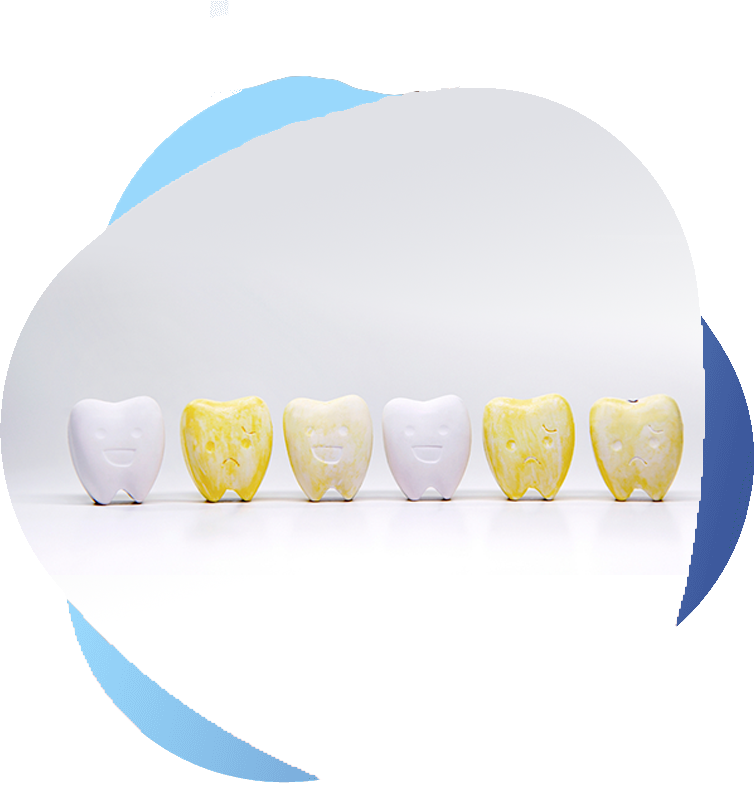The primary cause is water fluoridation, often presenting as an aesthetic concern. Severe cases may result from exposure to water with naturally elevated fluoride levels, as well as other sources like brick tea or pollution from high fluoride coal. Additional factors include the use of fluoridated mouth rinses and toothpaste, lack of fluoride content testing in bottled water, improper use of fluoride supplements, ingestion of imported foods, and public water fluoridation.
The severity of dental fluorosis depends on factors such as the amount of fluoride exposure, the child's age, individual response, physical activity, weight, nutrition, and bone growth.
Types:1. Very Mild: Small opaque, paper-white areas covering less than 25% of the tooth surface.
2. Mild: Opaque white areas covering less than 50% of the tooth surface.
FAQs 1. What is BLEACHING?Ans:- Bleaching is a procedure that involves lightening the color of teeth using a chemical agent to enhance brightness.
2. Am I a Candidate for bleaching?Ans:- Individuals with normal tooth surface and texture can undergo bleaching without side effects. Those with defective tooth surfaces should undergo bleaching only after a thorough cosmetic evaluation.
3. What is the difference between home and in-office bleaching?Ans:- In-office bleaching involves a higher concentration of the bleaching agent under high-intensity light, resulting in a more rapid bleaching effect (approximately 1 hour) under constant dental supervision. Home bleaching uses a milder agent at home without supervision over days or weeks. Ideally, individuals without previous bleaching experience are advised to choose in-office bleaching. Home bleaching is suitable for maintenance or those who have undergone bleaching within the last year.
4. What is the duration of the procedure for office bleaching?Ans:- The bleaching procedure typically takes 40 minutes to an hour, depending on the patient's stains. The bleaching agent can be applied repeatedly until the desired color is achieved.
5. Longevity of bleaching?Ans:- Bleaching results usually last 1-2 years, contingent on patient diet, habits, and maintenance.

